SHTFDad may collect a share of sales or other compensation from the links on this page.
Starting your own garden is a fun and rewarding adventure. However, it can be tiresome when there is digging involved!
In that case, you might want to start a no dig garden as an alternative and avoid the hassle of digging altogether.
No dig gardening is a sustainable alternative for typical gardening that involves composting or layering materials to decompose in the soil.
Why A No Dig Garden?
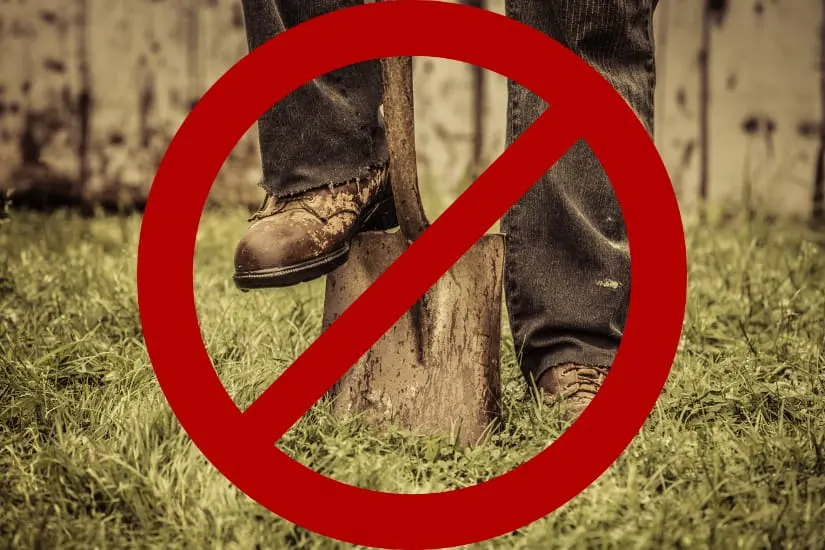
No dig gardening not only saves time but requires fewer resources. As it is no till gardening, you won’t need to break the ground or have the tools on hand to do so. You can also channel the time you have saved doing something else in the garden that is more enjoyable.
Also, a no dig garden means fewer weed problems! Yay! The time saved from not having to deal with weeds gives you a chance to be more creative. You may need some larger equipment to clear the larger bushes to make your no dig garden fence.
When it comes to versatility, it’s hard to beat a no dig garden. You can create one for any purpose, ranging from a no dig flower bed to no dig garden beds. Also, if you need to minimize your grocery store visits or be more self-sufficient, start a no dig vegetable garden.
Tools Needed for a No Dig Garden
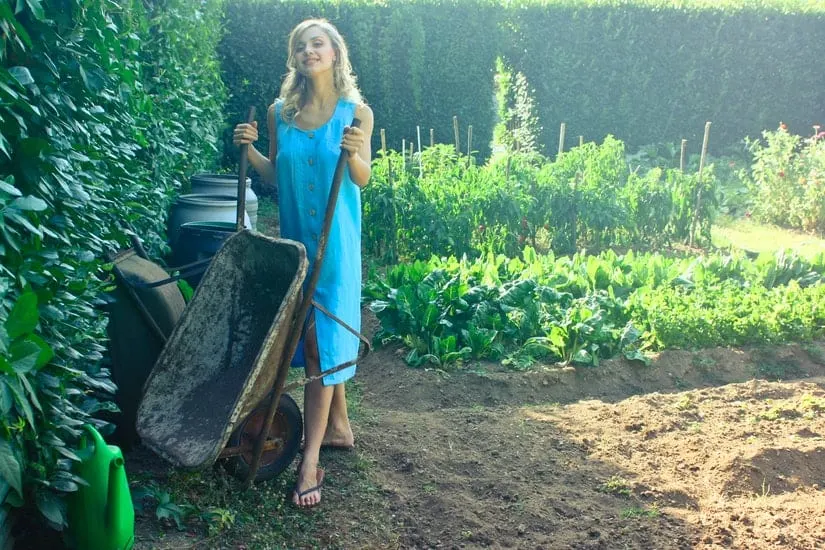
- A lawnmower or hand grass slasher
- Wooden planks, bricks, or rocks
- Watering can
- Shovel, machete, or hoe
- Compost
- Mulch
- Newspaper
- Straw
- Lucerne Hay
- Fertilizer
- Seedlings
- CORDLESS LAWN MOWER – Get more done, faster,...
- DURABLE / LIGHTWEIGHT 17” POLY DECK – 17 in....
- VERSATILE – Single lever, 5-position height...
Step 1: Choose the Location
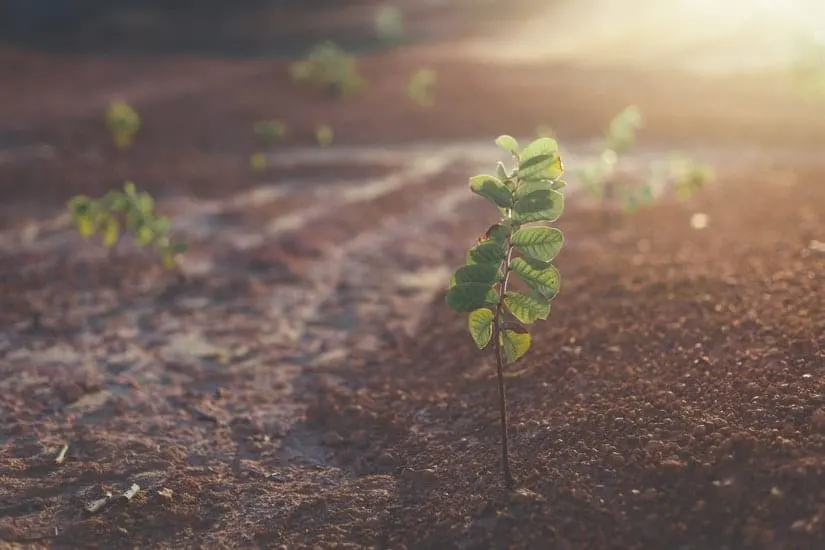
It is advisable that you first look for a leveled site to meet your no dig garden needs. Select a good amount of space for your garden. 4′ x 5′ should be enough for a no dig vegetable garden, but you can increase or decrease this amount per your need.
The area that you choose should get about 4 to 5 hours of sunlight daily. This will ensure that your plants get enough sun when it is most important. Once you are happy with the size and placement, it’s time to get down to business and start leveling the ground.
Contain the Garden
You may want to consider a no dig garden fence. This is optional, but if you need a traditional or perhaps a living border, you can use wooden planks, rocks, bricks, or even bushes. Another option may include using some of your plants as a natural border.
Step 2: Add Layers to the Garden
If possible, gather old newspapers or plain, brown cardboard, and place them in the planned garden area. This is ideal for blocking any light that may reach the weeds underneath.
For maximum efficiency, wet the newspapers when you laid them out on the ground. Additionally, they should overlap one another.
If you have your own compost, layer it on top of the newspaper. Alternatively, you can collect leaves in fall or use old hay in its place. The compost, leaves, and hay will break down and nourish the soil underneath, thereby regulating moisture and weeds.
Add additional layers of grass, straw, or hay clippings until you cover the newspapers completely. Lucerne hay is preferable and readily available from horse stables near you. In the absence of hay, straw and grass clippings can come in handy too.
Watering and Fertilizer
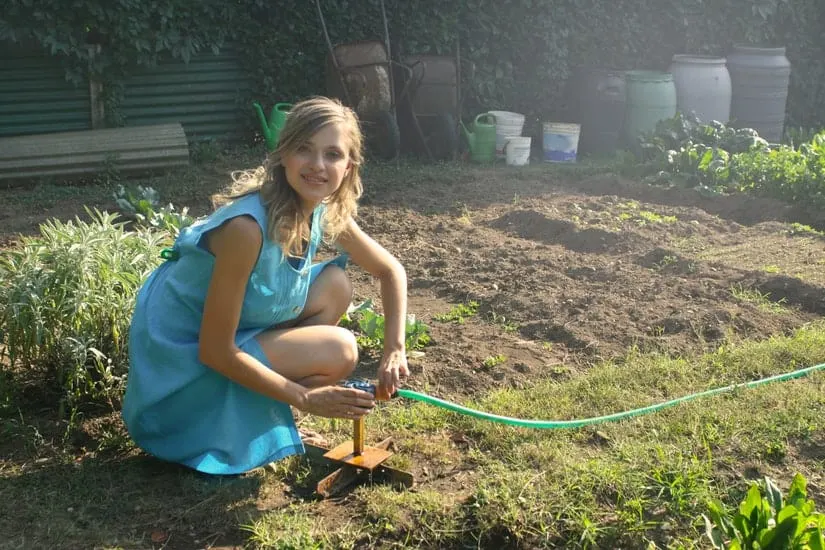
Water all the layers and around your no dig garden edging and then apply fertilizer. The garden should be wet enough but not soaked through. Natural commercial fertilizer over the hay is ideal, but chicken, cow, or well-rotted horse manure may work too.
Finish layering with mulch as needed. Water the area thoroughly in order for it to retain water. Likewise, maintain a daily check for runoff and dry soil.
Step 3: Planting your No Dig Garden
Choosing the Plants
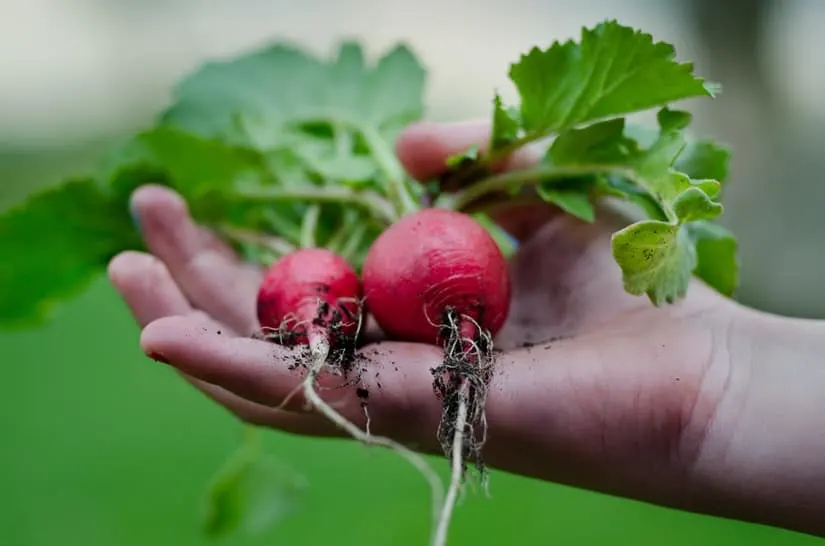
If the weather is cool, ideal no dig garden plants will include broccoli, cauliflower, onions, turnips, and peas. This means that the prevailing climate and time of year will determine your no till farming success. Broccoli and Brussels sprouts withstand cooler temperatures due to their resistance to light frost.
If the weather is a bit warm, crops that grow in intermediate temperatures will be better to plant. if the climate in your area ranges between 60 to 80oF you may be better off with radish, carrots, lettuce, or cabbage. Leek, celery, and parsnip may also grow well under intermediate temperatures.
In warm to hot climates, corn, eggplants, tomatoes, beans, and potatoes may be the best no till crops. These plants fare poorly when hit with frost. Using the no dig gardening method with these plants is most ideal during warm weather.
Planting
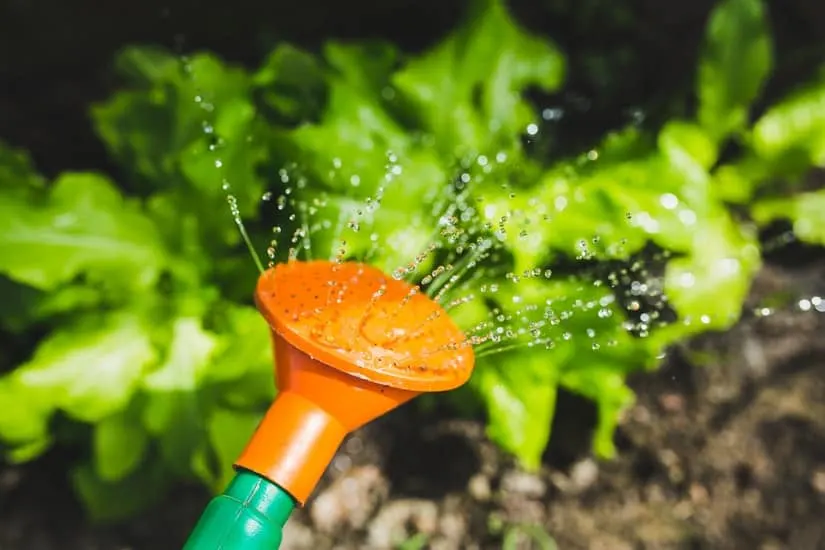
Using a shovel, hands, or other wedged tools, make small (around 1″ deep) holes. The holes should be at least 3 inches apart. Completely or almost fill each hole with compost. Finally, make additional 1/2″ holes in the compost to place your plants.
Maintaining a No Dig Garden
Your no dig gardening journey is almost complete! It is now time to maintain your garden and see it to fruition. Water your garden often to ensure that the soil is moist. However, the level of watering needed highly depends on the types of plants you are growing.
Each day, take a stroll around your garden to check how dry or moist the soil is. Whenever the soil feels dry between your fingers, water it evenly.
To keep the garden healthy, add compost once or twice per year. The compost may include animal droppings, leaves, yard clippings, eggshells, and table scraps. If you do this twice per year, you can compost the garden at the beginning of the fall and spring.
Tips to Keep in Mind
- Maintain clear paths between the no dig garden beds to avoid trampling your plants.
- Avoid walking on the soil. This compacts the soil which is not desirable for planting.
- Don’t worry if there are some ants, worms, and other digging creatures around. These little critters help to spread organic matter through the garden and onto the upper layers.
- Compost manure may be the best fertilizer for this type of garden. The more natural, the better!
Summary
No dig gardens are ideal because they allow for plants to thrive by growing deep, strong root systems. You can even apply this approach to a fully planted garden. With no dig gardening, you can save time and effort while conserving your energy and water. This is sustainable gardening at its best!
The types of plants and vegetables you can grow in a no dig garden are endless. You can set up your garden in a single day and let your permaculture adventure begin!
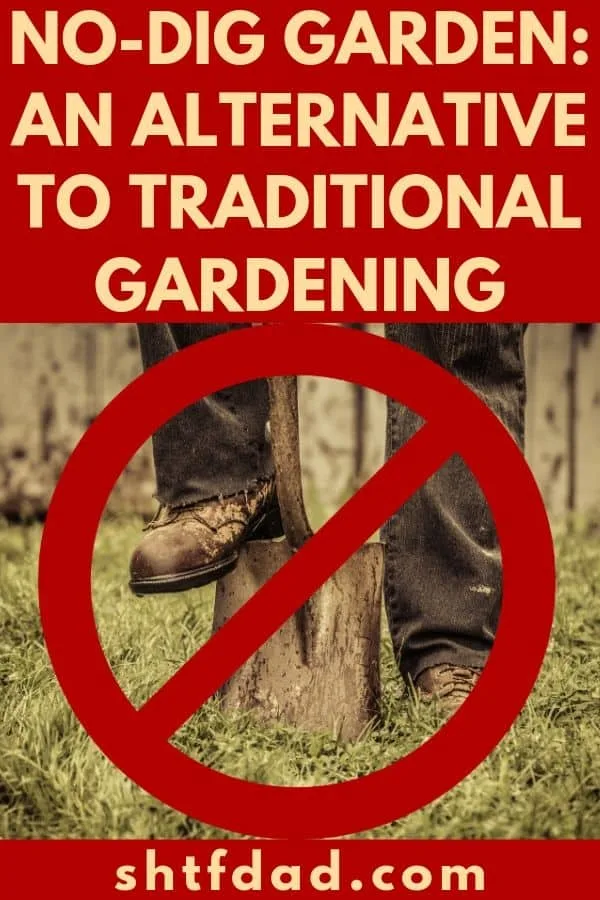
Resources:

